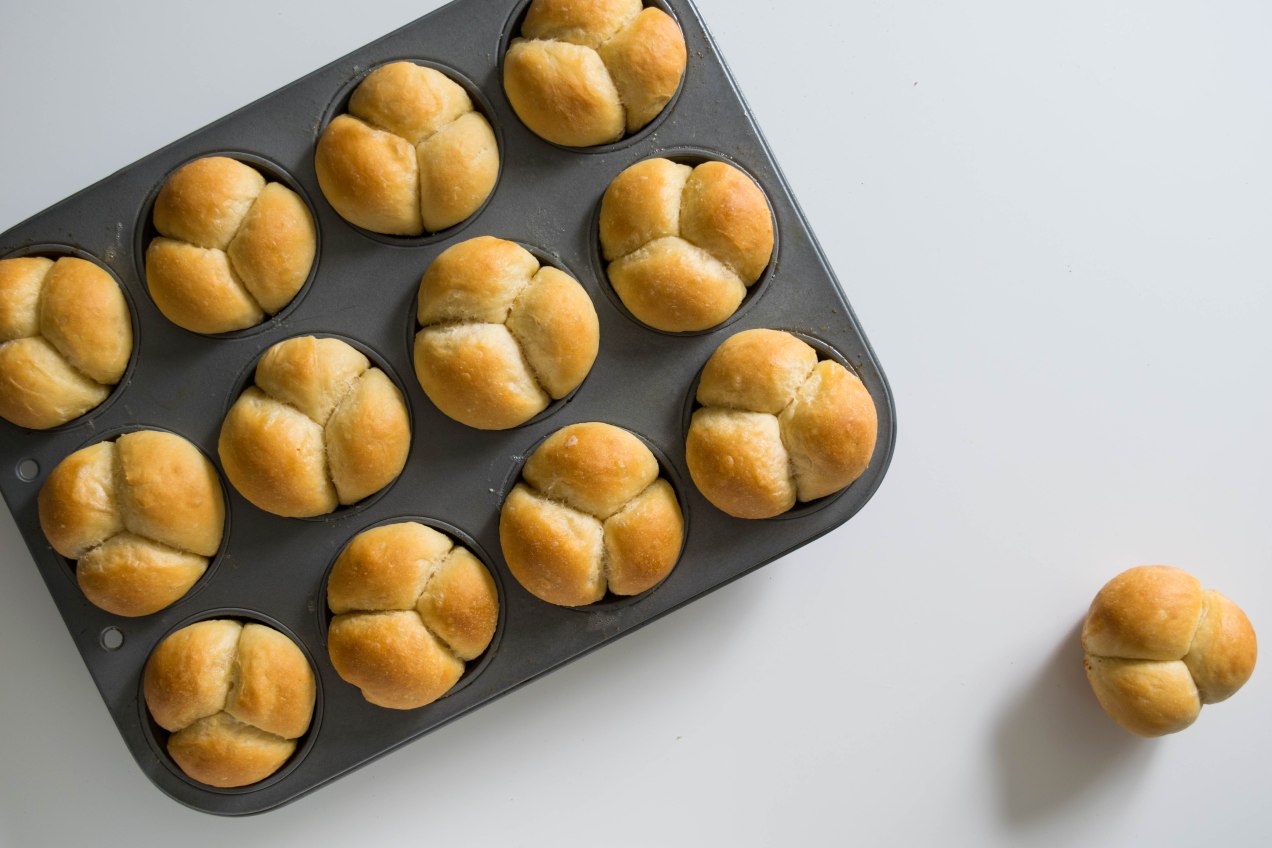 Something as simple as good corn on the cob shouldn’t be elusive. There shouldn’t be any big secrets but there is and it is this, the best corn on the cob in the world is cooked in a pressure cooker. It couldn’t be simpler to do and the results are divine.
Something as simple as good corn on the cob shouldn’t be elusive. There shouldn’t be any big secrets but there is and it is this, the best corn on the cob in the world is cooked in a pressure cooker. It couldn’t be simpler to do and the results are divine.
I live in corn country. If there was a vortex for the center of a corn universe I am at ground zero. And if not the exact center I am still close enough that if it shook in the middle of the night it would knock me out of bed. What I am saying is in the Midwest we know corn, and all you have to do is visit any state fair to know I am telling you the truth.
We roast it, boil it, we scrap it off the cob, we make it into pudding, make chowder out of it, we slather ears of it with mayonnaise and sprinkle it with any number of spices, and we even deep fry it like it is a corn dog.
But when a real treat is in order, in the heat of late-summer, we set up a table under the shade tree, even put a table cloth on it along with plates and silverware. Then we grill some thick cut pork chops, cut thick slabs of ripe homegrown tomatoes and lightly salt them, maybe a green salad with a sugary vinegar and oil dressing, and we steam perfectly rip ears of sweet corn under pressure, slip the ear out of the husk from the stalk end and roll the perfectly steamed ears through sun softened sticks of butter.
Pressure cooking an ear of corn does something magnificent. It gives the kernels a snap, and by leaving the husk on the ears develop a robust corn flavor, much like wrapping tamales in a dried husk. It tastes like corn should, pure and simple.
The Best Corn on the Cob in the World
(serves 6 to 8 people)
When buying ears of corn look for husk that are vibrant and fresh. It is also always best to cook sweet corn the same day you buy it.
8 ears of sweet corn still in the husk (buy ears that fit your cooker)
1 cup water
1 stick of unsalted butter
sea salt
fresh ground black pepper
Equipment: a 6 or 8 quart pressure cooker with a steamer basket
1. Set an ear of corn onto a cutting board. Using a good chef’s knife trim the stalk end back so that there is no stalk showing just kernels, about a 2-inch piece. Repeat with all the ears of corn.
2. Place each ear of corn cut end down into the steamer basket.
3. Place the cooker over medium-high heat. Add 1 cup of water and bring it to a boil. Slip the steamer basket with the corn into the pot.
4. When the water returns to a boil, lock on the lid, and bring the pressure to level 2, or high. Once pressure is reached lower the heat while maintaining pressure.
5. Set a timer for 6 minutes. When the timer sounds perform a quick or cold water release.
6. Remove the lid and use a pair of tongs to lift out the steamer basket.
7. Using a dry and clean kitchen towel grab and ear of corn by the silk and push the ear out of the husk toward the stalk end. The silks should come along with husk and the ear should be clear of silk. Repeat for all the ears. Serve immediately with lots of butter, salt, and fresh ground pepper.
(A tangent: If you own a pressure cooker you are in luck, if you don’t then you are going to want one. So go buy one, I am serious, and I don’t peddle stuff on here. Not only do pressure cookers cook things well they are going to help save the planet one meal at a time by conserving energy, water, and time. If you like that sort of stuff, conservation, then you have to get one. A 6 or 8 quart stove top cooker will feed your family delicious meals for years to come.)







